Embark on a journey through Barcelona's captivating art and architecture. Explore the visionary works of Gaudí, Picasso, and more, set against the city's stunning landscapes.
GVI
Posted: July 5, 2024

Tasneem Johnson-Dollie
Posted: November 1, 2021
Championing environmental issues is as much about promoting social justice as it is about addressing climate change. But what does the climate crisis have to do with social justice?
Read on for a deeper look into the links between people and the environment, with examples from Costa Rica and Ghana.
But first, let’s dive into what climate justice is all about.
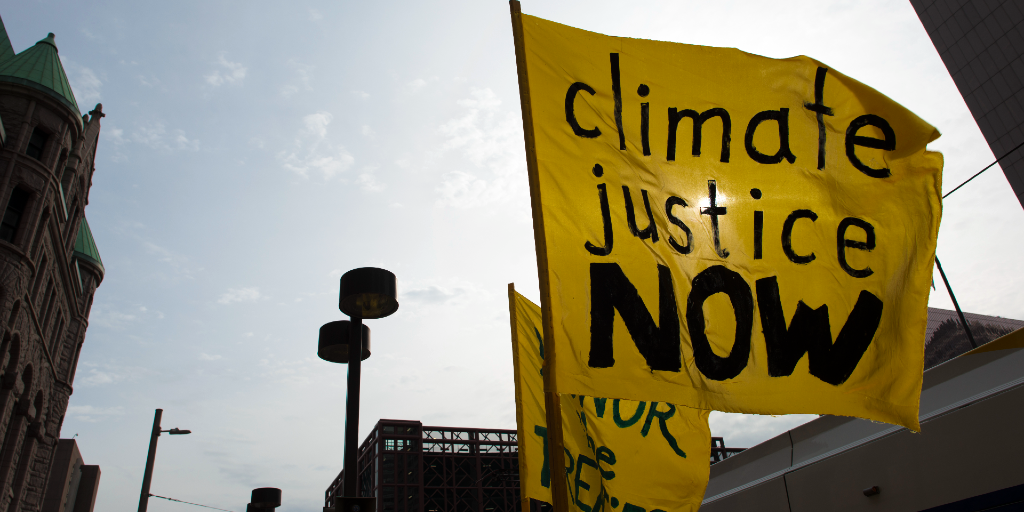
Original image: “Climate justice now” by Fibonacci Blue is licensed under CC BY 2.0
Climate justice can be defined as “… the fair treatment of all people and the freedom from discrimination in the creation of policies and projects that address climate change as well as the systems that create climate change and perpetuate discrimination.”
The significant environmental challenges we’re facing today are highlighted as social concerns because they affect both human and environmental justice.
But why are people emphasised in a global challenge that’s having a major impact on the environment?
Climate change affects all nations around the world, but its effects are not felt equally. The factors that worsen the effects of climate change include geographic location, socio-economic development and governance.
Underserved communities and fragile states are most vulnerable to the effects of climate change and have the least resources available to mitigate it. Climate justice calls for solutions to the climate crisis that are specific to local contexts and inclusive of all communities.
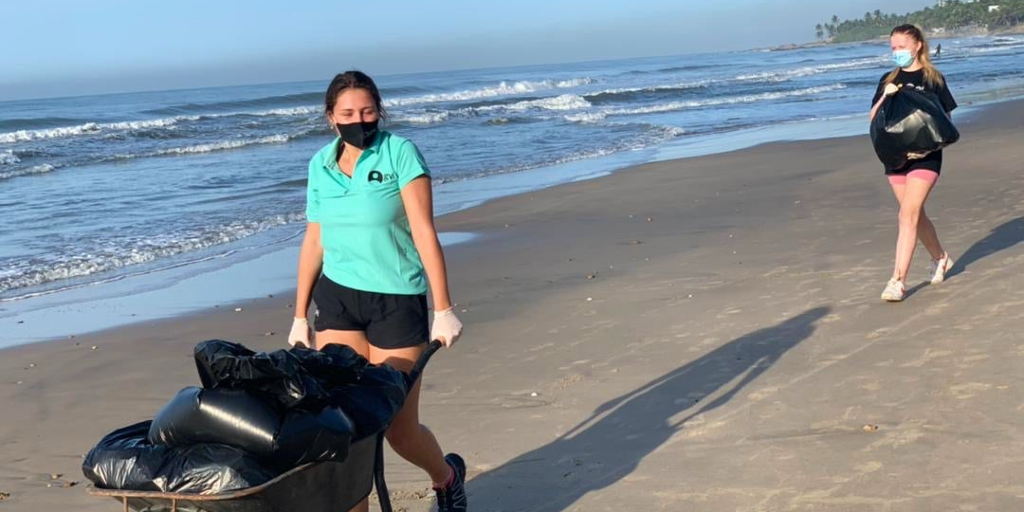
This means that social justice – which includes the equal distribution of wealth, opportunities and privileges in a society – needs to feed into climate justice, and vice versa. And, having one type of justice without the other isn’t really justice at all.
Some ways people and organisations can add to climate justice includes:
Here are some examples of how climate justice and social justice are interlinked.
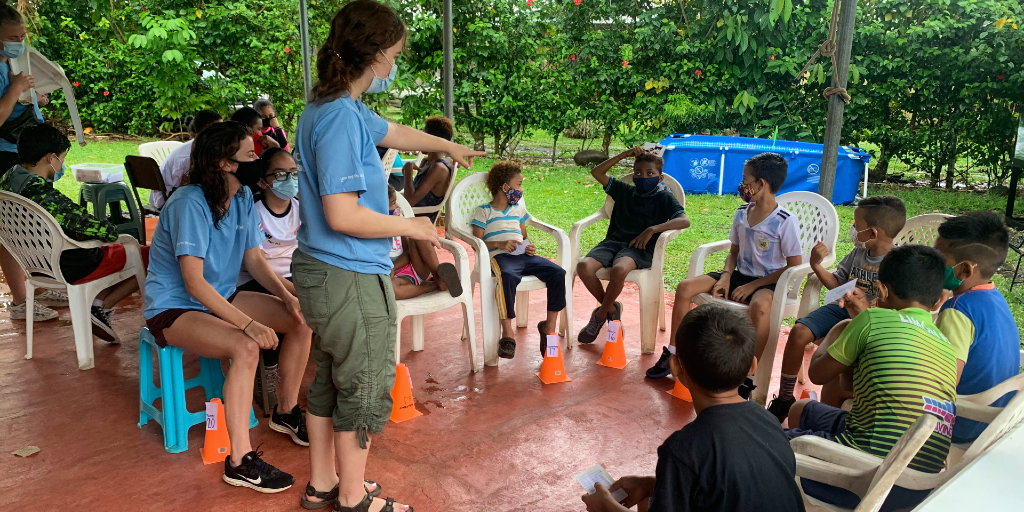
With a population of less than 2,000, Cimarrones in Costa Rica may be the best place to learn about the impact of climate change on small communities.
Because this human habitat sits in the heart of one of the natural habitats most affected by the climate crisis – a tropical rainforest – it provides a striking view of how humans and animals are being challenged by, and are adapting to, the climate crisis.
Land degradation in Cimarrones plays a big role in driving human-wildlife conflict, as well as species loss, since animals are forced to move into human settlements when their habitats are compromised by the effects of climate change.
In turn, this can result in people losing livestock and crops to wild animals, which has a negative impact on peoples’ ability to secure food and live in a safe environment.
Cimarrones is a location where you can observe these types of environmental and social challenges caused by the climate crisis. And, as a volunteer, you can engage in efforts to address climate change in Costa Rica and add to climate- and social justice.
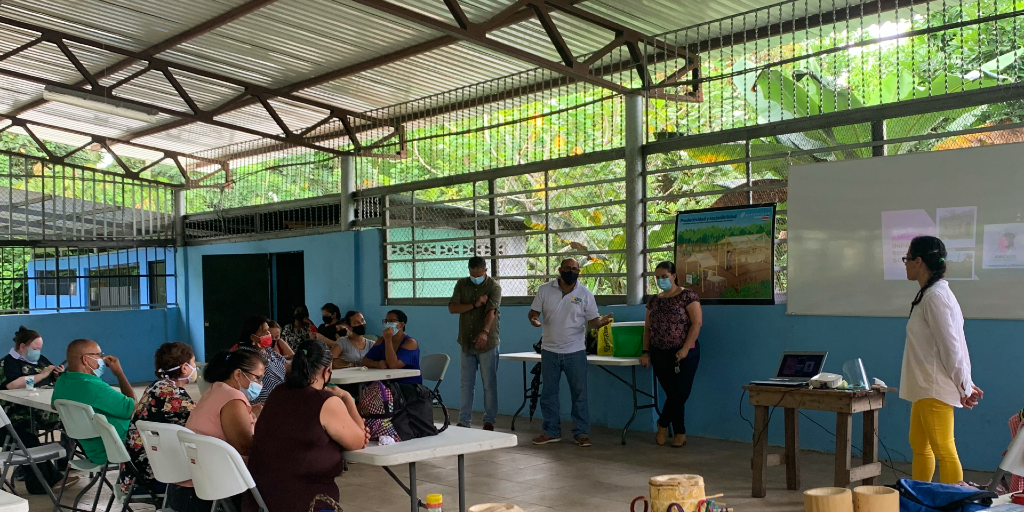
As a volunteer on our Impacts of Community Development on Costa Rica’s Environment volunteer project, you’ll contribute towards analysing the community context, assisting in identifying key areas of concern, and developing activities aimed at contributing to the balance between environmental conservation and community well-being.
This could include working to conserve a biodiversity-rich mangrove forest so that communities are better protected from adverse weather events like hurricanes. Or, you may be part of setting up and maintaining community vegetable gardens that have all the right infrastructure to grow enough food and keep wild animals out.
In Ghana, our social development project on women’s empowerment is a chance for volunteers to work closely with local women and learn about how gender inequality affects their well-being.
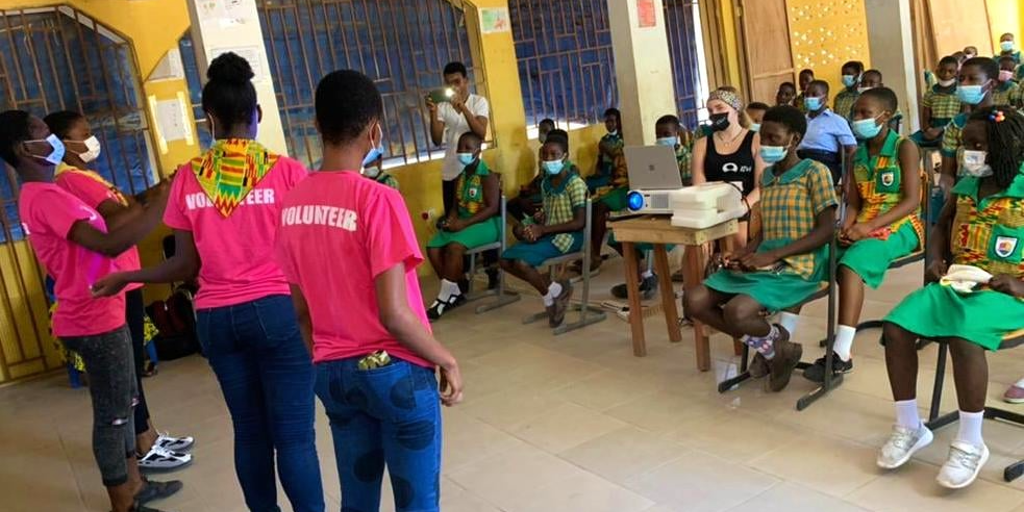
As a volunteer in Ghana, you’ll be involved in developing and delivering educational workshops focused on:
Environmental efforts such as recycling, contributing to cleaning polluted environments, and leading sustainable lifestyles are woven into the activities done with local women.
And these environmental priorities fit perfectly with this type of project, since women empowering themselves in a way that considers the environment ensures that neither the community nor the ecosystem is being left behind.
In this way, our projects offer women the chance to develop their abilities to contribute to their community in meaningful and ethical ways. And these gains set the scene for more sustainable communities that care about and actively reduce their contribution to the climate crisis, while building on their own development at the same time
Raising awareness around the impact people have on the environment is key to ensuring that these women are able to succeed without buying into unsustainable business opportunities.
In this way, women can build on their own achievements while ensuring they have a positive impact on the world.
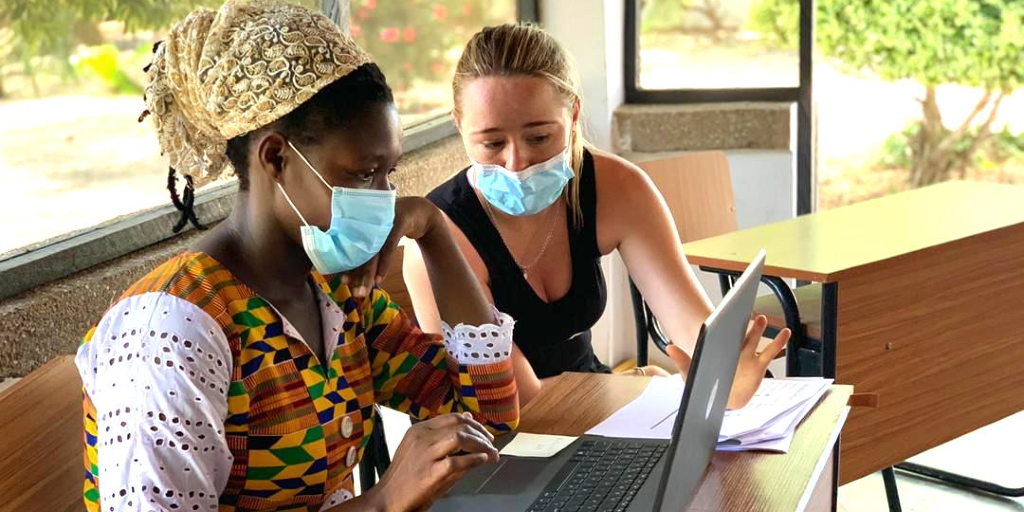
This project brings together efforts aimed at achieving the United Nations Sustainable Development Goal (UN SDG) 5: Gender Equality, UN SDG 8: Good Jobs and Economic Growth, UN SDG 11: Sustainable Cities and Communities and UN SDG 13: Protect the Planet.
Answering the question, “How to stop the climate crisis?” depends on upscaling and persisting with efforts aimed at addressing both climate change and social justice.
We’ve given some examples of how climate justice is social justice in this article, but there’s no substitute for real-life experience.
Take a look at our social development projects in Costa Rica, Ghana and other countries and experience for yourself why climate justice is social justice.
By Tasneem Johnson-Dollie
Embark on a journey through Barcelona's captivating art and architecture. Explore the visionary works of Gaudí, Picasso, and more, set against the city's stunning landscapes.
GVI
Posted: July 5, 2024